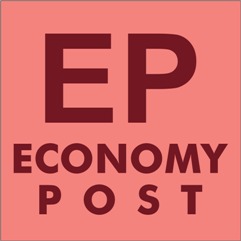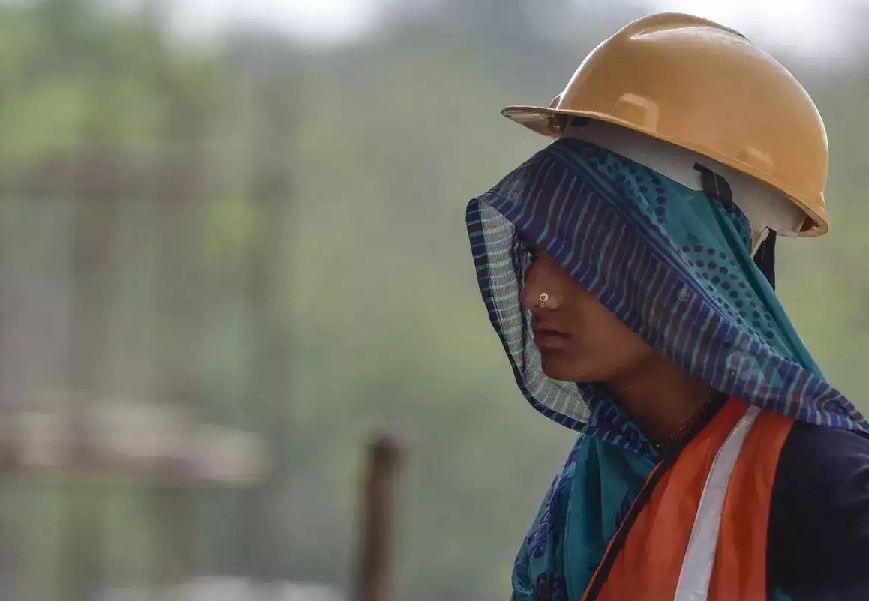Continuing with the overarching agenda of women empowerment, Uttar Pradesh is dexterously taking steps to foster women participation in the state’s workforce.
Over the past eight and a half years, Chief Minister Yogi Adityanath’s unwavering efforts have created an amenable job environment for men and women alike.
This sense of safety has empowered women to become increasingly self-reliant, while fostering a robust climate for trade and industry, an official noted.
Building on this foundation, the CM has envisioned ‘Viksit UP @2047’, where women’s empowerment and thriving businesses form the core pillars of the state’s progress.
The Yogi government’s zero-tolerance policy against crime transformed UP into a state of security and confidence.
Criminals were jailed, neutralised or forced to flee, paving the way for women’s safety, investors’ trust, and rapid economic revival.
Labour force participation jumped from 44.6% to 56.9%, female participation rose from 13.5% to 34.5%, and unemployment fell to 3%.
The MSME sector alone created 16.5 million jobs, industrial loans tripled from Rs 3.54 trillion to Rs 9.24 trillion, and investment proposals worth Rs 45 trillion were secured, with Rs 15 trillion already under execution.
The number of registered factories has nearly doubled from 14,169 to 27,295.
Under the One District One Product (ODOP) initiative, 77 products have secured GI tags, giving UP the top spot nationally.
With 9.6 million MSME units — the highest in the country — UP has emerged as a hub of employment generation while carving a strong identity in global markets.
Since Yogi considers women empowerment as the cornerstone of Viksit UP @2047, the UP government aims to raise the female labour participation to 50 percent by 2030, and bring it on par with men by 2047.
To achieve this, special focus is being placed on STEM (Science, Technology, Engineering and Mathematics) education, technical training and entrepreneurship opportunities for women, alongside stronger welfare, nutrition, and healthcare services.
By 2030, every city will have dedicated hostels for women workers, with expanded facilities by 2047.
The roadmap for UP also emphasises leadership in manufacturing exports and FDI by 2047.
The state is preparing to position at least five industrial companies in the Fortune Global 500 list, with aerospace, defence manufacturing, apparel, electric vehicles, and semiconductors identified as strategic growth sectors.
Yogi has underlined that UP’s future industries will not only generate employment but also set benchmarks for sustainable development.
Efforts are being directed toward improving ease of doing business, strengthening green manufacturing, developing industrial infrastructure, adopting advanced technologies, and integrating MSMEs into the global value chain.
Under Viksit UP @2047, the state has set an ambitious goal of achieving a $6 trillion economy.
For this, an average growth rate of 16 percent will have to be maintained from 2025 to 2047.
At present, the state’s GDP is $353 billion, which will be increased to $1 trillion by 2030; $2 trillion by 2036 and $6 trillion by 2047.
At that time, the per capita income will be up to Rs 26 lakh, and UP will contribute 20 percent to the country’s total GDP.
UP fostering women participation in jobs
Virendra Singh Rawat
Continuing with the overarching agenda of women empowerment, Uttar Pradesh is dexterously taking steps to foster women participation in the state’s workforce.
Over the past eight and a half years, Chief Minister Yogi Adityanath’s unwavering efforts have created an amenable job environment for men and women alike.
This sense of safety has empowered women to become increasingly self-reliant, while fostering a robust climate for trade and industry, an official noted.
Building on this foundation, the CM has envisioned ‘Viksit UP @2047’, where women’s empowerment and thriving businesses form the core pillars of the state’s progress.
The Yogi government’s zero-tolerance policy against crime transformed UP into a state of security and confidence.
Criminals were jailed, neutralised or forced to flee, paving the way for women’s safety, investors’ trust, and rapid economic revival.
Labour force participation jumped from 44.6% to 56.9%, female participation rose from 13.5% to 34.5%, and unemployment fell to 3%.
The MSME sector alone created 16.5 million jobs, industrial loans tripled from Rs 3.54 trillion to Rs 9.24 trillion, and investment proposals worth Rs 45 trillion were secured, with Rs 15 trillion already under execution.
The number of registered factories has nearly doubled from 14,169 to 27,295.
Under the One District One Product (ODOP) initiative, 77 products have secured GI tags, giving UP the top spot nationally.
With 9.6 million MSME units — the highest in the country — UP has emerged as a hub of employment generation while carving a strong identity in global markets.
Since Yogi considers women empowerment as the cornerstone of Viksit UP @2047, the UP government aims to raise the female labour participation to 50 percent by 2030, and bring it on par with men by 2047.
To achieve this, special focus is being placed on STEM (Science, Technology, Engineering and Mathematics) education, technical training and entrepreneurship opportunities for women, alongside stronger welfare, nutrition, and healthcare services.
By 2030, every city will have dedicated hostels for women workers, with expanded facilities by 2047.
The roadmap for UP also emphasises leadership in manufacturing exports and FDI by 2047.
The state is preparing to position at least five industrial companies in the Fortune Global 500 list, with aerospace, defence manufacturing, apparel, electric vehicles, and semiconductors identified as strategic growth sectors.
Yogi has underlined that UP’s future industries will not only generate employment but also set benchmarks for sustainable development.
Efforts are being directed toward improving ease of doing business, strengthening green manufacturing, developing industrial infrastructure, adopting advanced technologies, and integrating MSMEs into the global value chain.
Under Viksit UP @2047, the state has set an ambitious goal of achieving a $6 trillion economy.
For this, an average growth rate of 16 percent will have to be maintained from 2025 to 2047.
At present, the state’s GDP is $353 billion, which will be increased to $1 trillion by 2030; $2 trillion by 2036 and $6 trillion by 2047.
At that time, the per capita income will be up to Rs 26 lakh, and UP will contribute 20 percent to the country’s total GDP.

